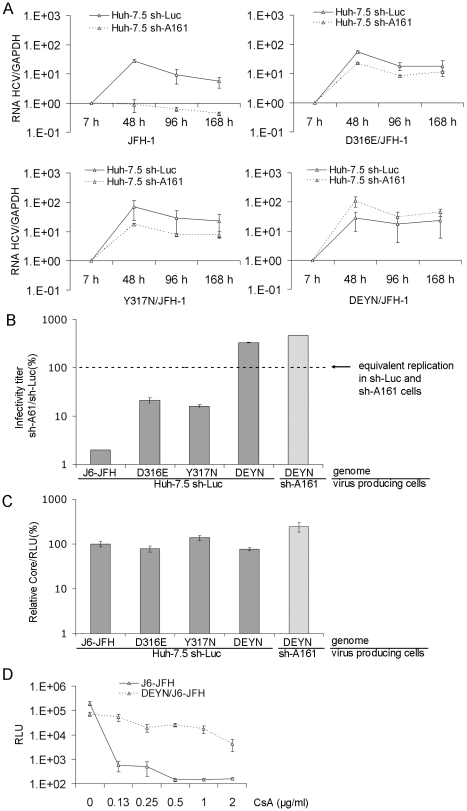Figure 2. Mutations in a dipeptide motif in NS5A domain II confer CsA resistance and reduced CyPA-dependence.
(A) Efficient replication of mutant HCV genomes in CyPA knockdown cells. JFH-1 RNA harboring D316E, Y317N, or both was introduced into Huh-7.5 sh-Luc and sh-A161 cells. Total RNAs were extracted 7, 48, 96, and 168 h after electroporation and subjected to quantitative RT-PCR for measurement of HCV and GAPDH RNA. All the data were normalized to the 7 h input. (B) Infection of sh-A161 cells with mutant viruses. Infectious viral particles were collected from transfected cells 48–72 hours after transfection and used to infect both sh-Luc and sh-A161 cells. The efficiency of infecting sh-A161 cells was measured as the ratio of infectivity in sh-A161 cells to that in sh-Luc cells for each virus. For the virus harboring D316E/Y317N (DEYN) mutations, particles produced from both sh-Luc (white bars) and sh-A161 (hatched bars) were tested. (C) The DE and YN mutations do not significantly impact viral production. Huh-7.5 sh-Luc or sh-A161 cells were electroporated with indicated RNAs. At 72 hours post electroporation, cells were lysed for intracellular luciferase activity and culture media were collected for core ELISA. (D) DEYN mutations confer CsA resistance on the J6-JFH genome. Huh-7.5 sh-Luc cells were infected with WT J6-JFH (p7-Rluc2A) or DEYN/J6-JFH (p7-Rluc2A) for 24 h before CsA was added to the culture media. The cells were incubated for 4 more days before being lysed and analyzed for luciferase expression. Error bars in (A), (B), (C), and (D) represent standard derivations of at least two independent experiments.

